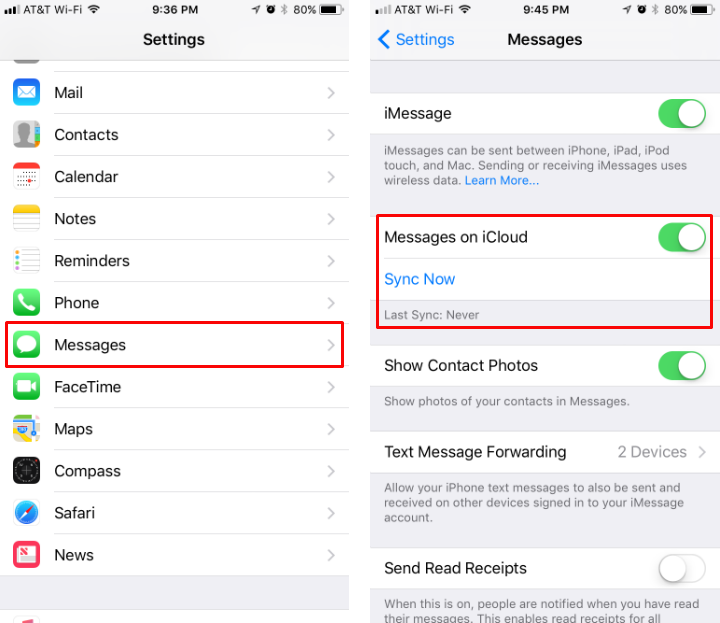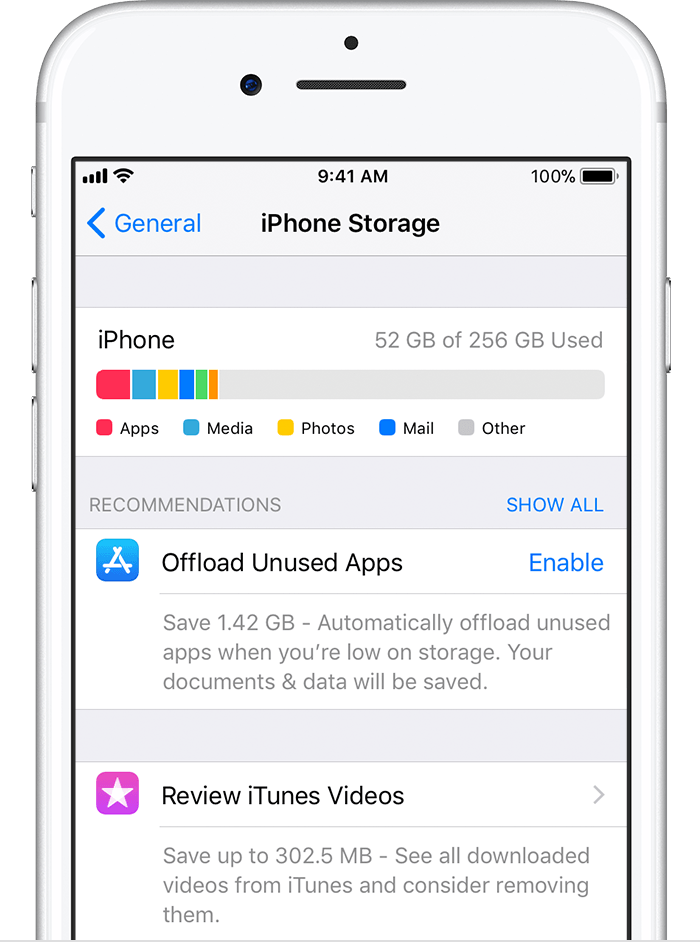
Wait a few minutes for the local snapshots to delete.Open Time Machine Preferences from the Time Machine menu in the menu bar on your Mac.

A pop-up will appear, Click on Delete to finish the process. Click on Delete Immediately from the drop-down menu. Click on File from the menu bar at the top of the screen. To disable local snapshots in Time Machine and remove them from your internal storage: Here is how you disable iCloud Messages on a Mac: Open the Messaging app on your Mac and click on Messages in the upper left corner of your screen. Here are the steps to delete files on Mac using this method: Select the file that you want to erase. It will also stop Time Machine from creating new snapshots. You can use a Terminal command to disable Time Machine's local snapshot feature, which will delete all of the local snapshots on your internal hard drive. However, if you really need to delete those snapshots (which I don't recommend unless you desperately need that space), there is a way to purge local snapshots from your internal hard drive. That being said, everything doesn't always work correctly, and you may find yourself out of storage space on your internal hard drive, and those snapshot backups won't go away.

The program will then continue to replace the old snapshot with a new one until you free up space on your Mac's internal storage, at which point it will go back to saving weekly snapshots as long as space permits. If you then, say, download some large program and your internal hard drive plummets to below 10% (or less than 5GB of internal storage), Time Machine will delete all local snapshots except the most recent. If everything is working correctly, Time Machine will automatically delete the oldest snapshot backups as soon as your internal hard drive has less than 20% of storage space left. First, let me preface this by saying that you shouldn't worry about those backups and the space they are taking up.


 0 kommentar(er)
0 kommentar(er)
